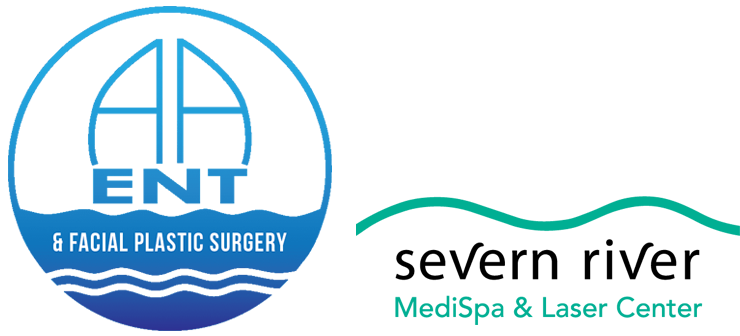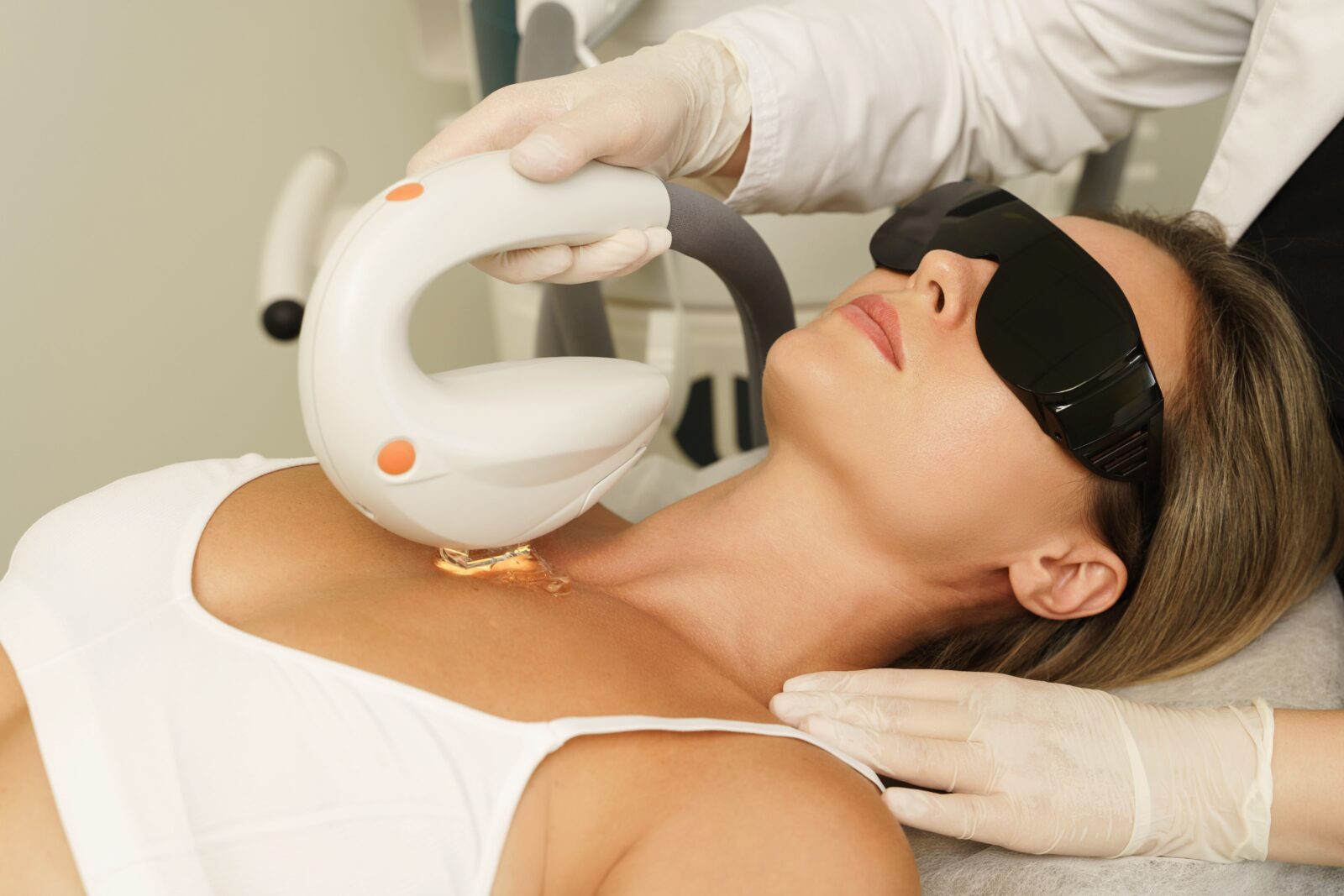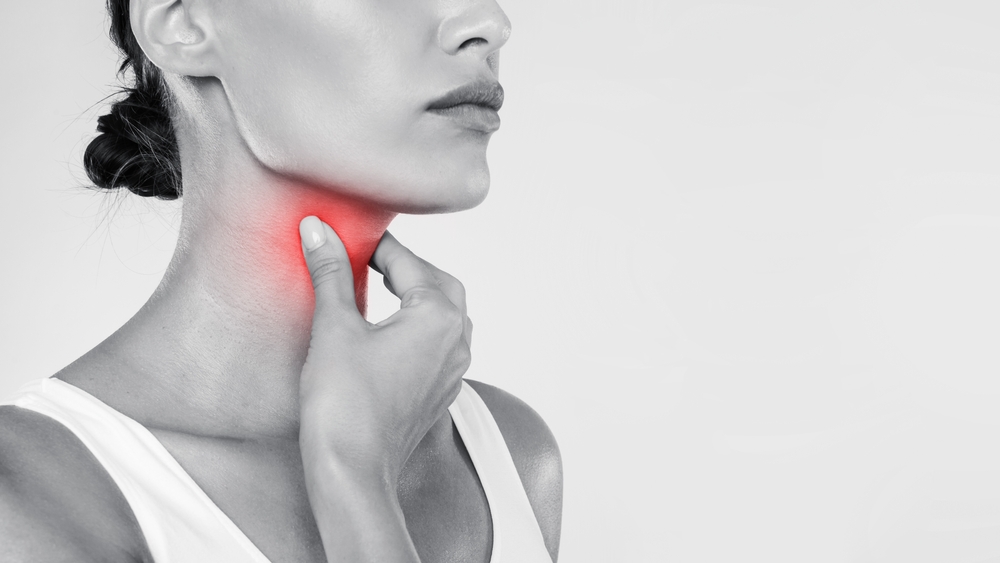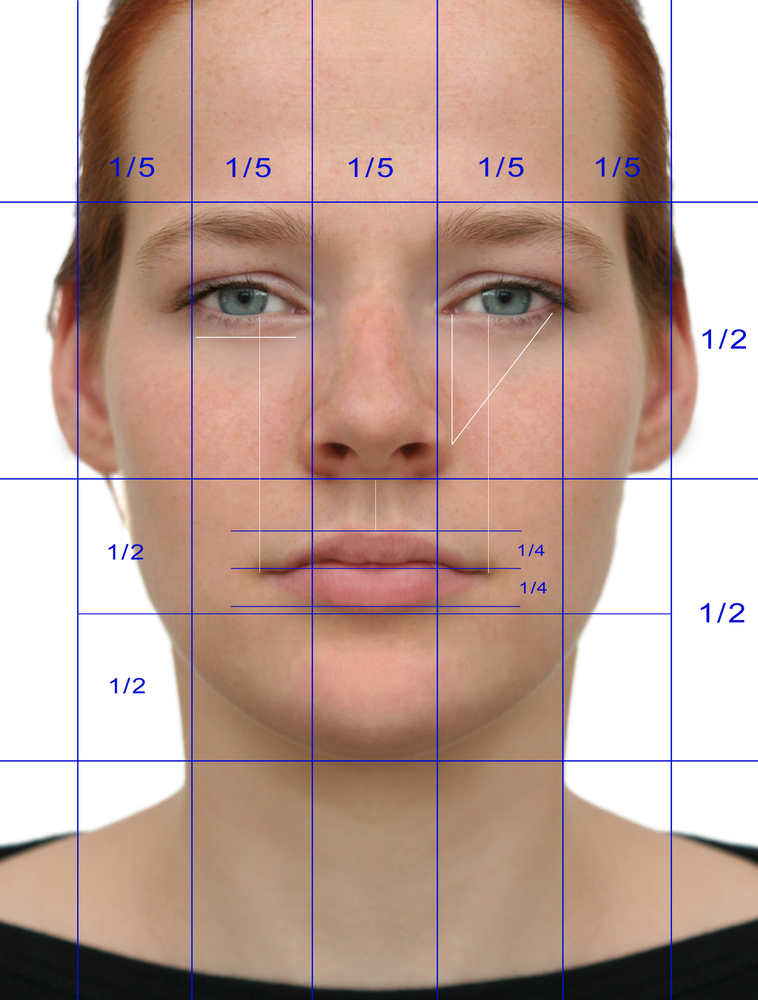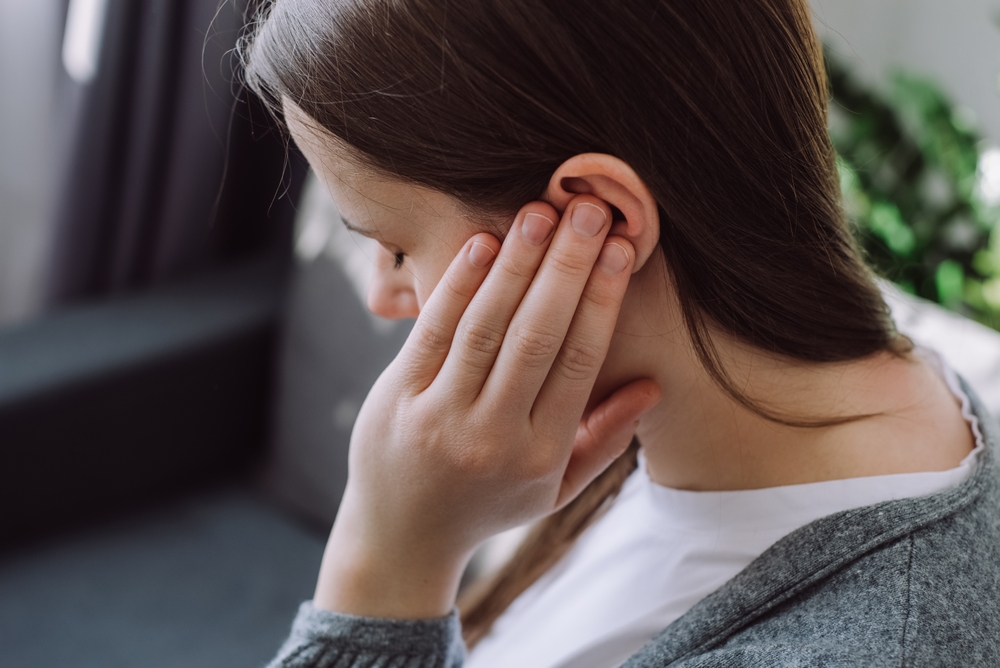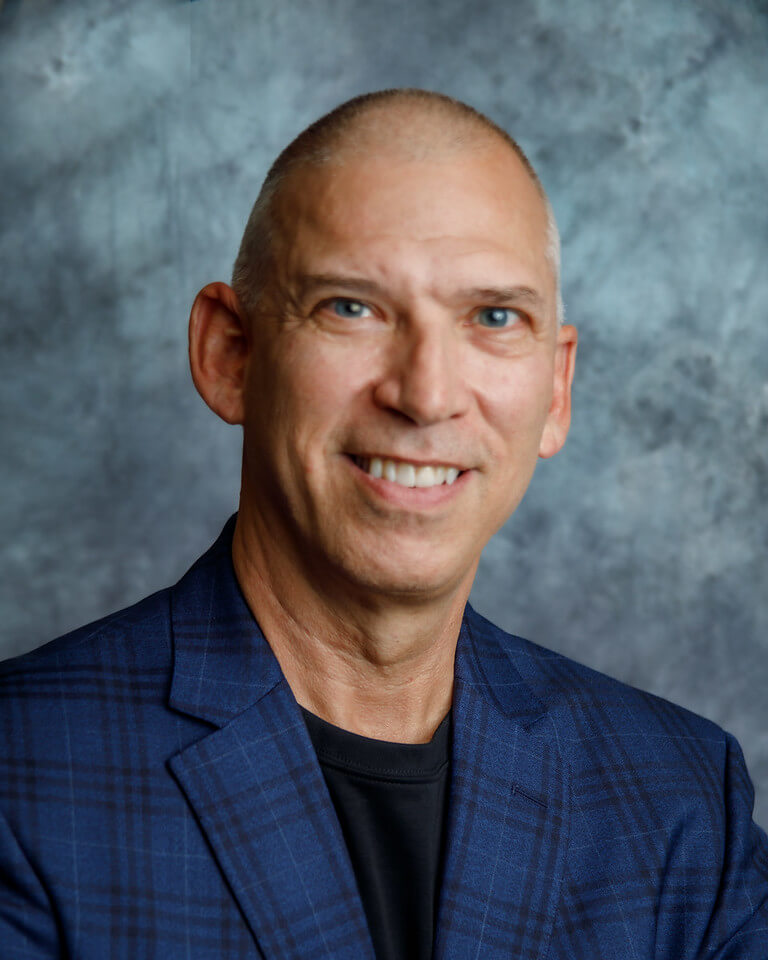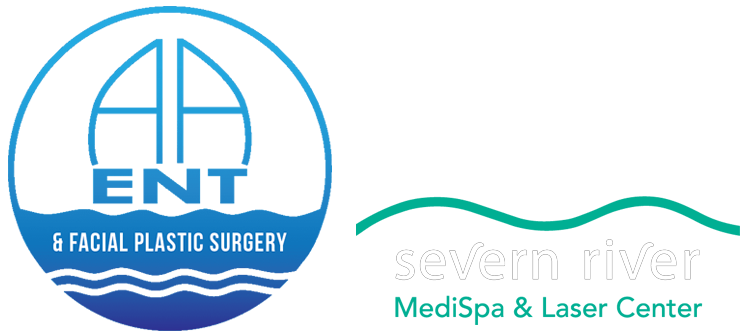Intense Pulsed Light (IPL) therapy is a fascinating marvel of modern dermatological technology. It’s a treatment that seems to straddle the line between the clinical austerity of a medical procedure and the pampering aura of a spa treatment. But beyond its allure, IPL is a cornerstone of phototherapy, harnessing the power of light to correct a variety of skin conditions. In this blog, we’ll delve into the science behind IPL, how it works, and what it can do for you.
The Basics of IPL
IPL stands for Intense Pulsed Light, and it’s not to be mistaken for laser treatment. While both methods involve light, IPL uses a broad spectrum of light with multiple wavelengths, unlike lasers, which use light with a single wavelength. This broad-spectrum approach allows IPL to treat a range of skin conditions simultaneously.
The Technology Behind IPL
The IPL device works by emitting short bursts of a powerful, broad-spectrum light that penetrates down to the second layer of your skin (dermis) without harming the top layer (epidermis). So, how does it do this? The key lies in the device’s ability to deliver light that is absorbed by either the melanin (color pigmentation) or hemoglobin (red blood cells) in the skin without damage to other tissues.
The Magic of Melanin Absorption
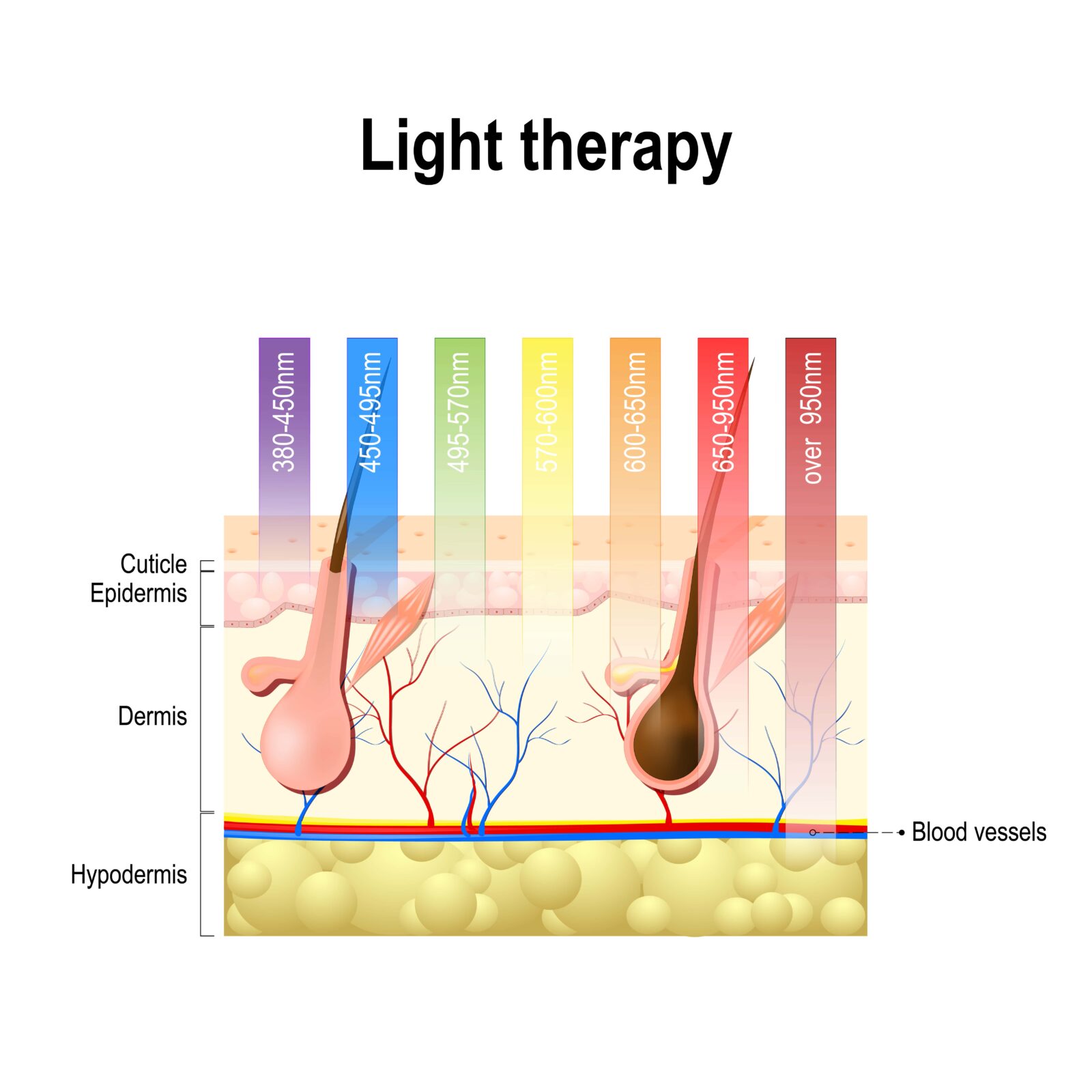
When targeting pigmentation issues like freckles, age spots, or sun damage, the melanin in these darker spots absorbs the light energy, which is converted into heat. This heat destroys the unwanted pigment, causing it to rise to the skin’s surface and slough off, revealing a more even skin tone.
The Heat and Heal Method for Vascular Lesions
For treating spider veins or rosacea, IPL targets the hemoglobin in the blood vessels. The light energy is absorbed by these vessels, coagulates the blood, and destroys the vessel wall. Over time, these vessels collapse and are reabsorbed by the body, reducing the appearance of these blemishes.
Collagen and IPL: A Dynamic Duo
IPL stimulates the production of collagen, a protein that’s plentiful in young skin. Collagen acts as a support structure for the skin, keeping it elastic and youthful. By stimulating new collagen growth, IPL treatments can reduce the appearance of fine lines and wrinkles, improve skin texture, and diminish pore size.
IPL for Hair Removal
IPL isn’t just for pigmentation or vascular issues; it’s also used for hair removal. The process is similar to that used for pigment correction. The melanin in the hair shaft absorbs the light, transforming it into heat, which then destroys the hair follicle, inhibiting future growth.
Safety and Effectiveness
Safety is a crucial aspect of IPL treatments. While it’s generally considered safe for most skin types, it’s paramount to have a consultation with a dermatologist to determine if IPL is right for you. The effectiveness of IPL therapy depends on several factors, including the type of condition being treated, the individual’s skin type, and the machine’s quality used for the treatment.
Preparing for Your IPL Session
Before an IPL treatment, it’s important to avoid sun exposure, tanning beds, and self-tanning products. You should also discuss your skincare products and medications with your provider to ensure they won’t affect your treatment’s outcome.
Post-IPL Care
Aftercare for IPL is relatively simple but crucial for achieving the best results. This includes staying out of the sun, using sunscreen, and following any specific instructions your skincare professional provides.
Conclusion
IPL therapy is an effective way to address a variety of skin concerns with minimal downtime. Understanding the science behind the light-based treatment can help demystify the process and set realistic expectations for potential outcomes. If you’re considering IPL, armed with this knowledge, you’re now better prepared to take the next step on your skincare journey.
